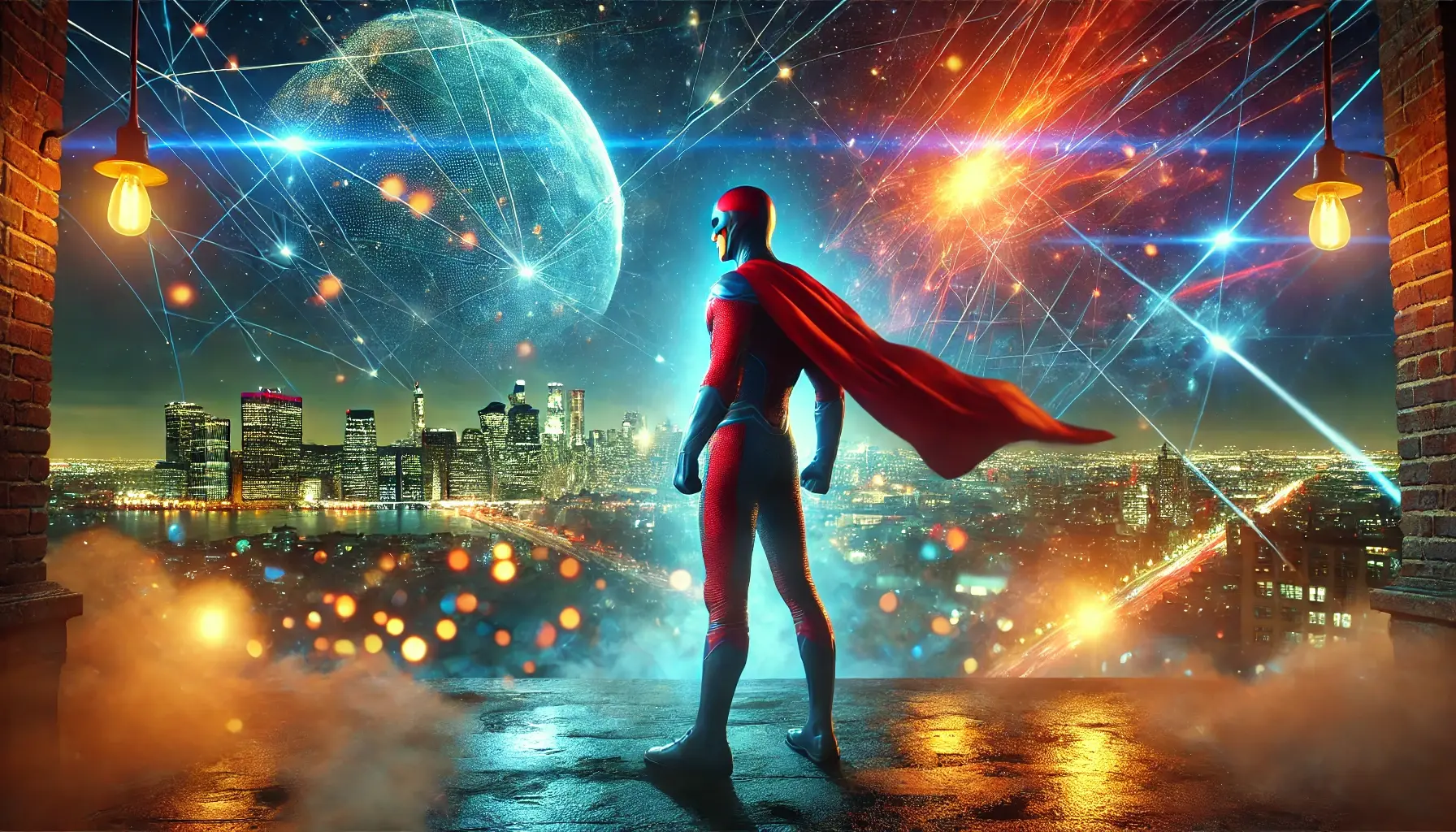Dive into the multiverse with Spider-Man: No Way Home! Discover its intricate plot, emotional depth, nostalgic callbacks, and thrilling action that redefine the Spider-Man legacy. Explore the film's themes of sacrifice, responsibility, and character growth.
Spider-Man: No Way Home - A Deep Dive into the Multiverse
Spider-Man: No Way Home has taken the world by storm, captivating audiences with its intricate plot, emotional depth, and thrilling action sequences. In this blog, we will explore the film's story, character arcs, and the significance of its multiverse concept, ensuring we cover every detail that makes this film a remarkable entry in the Spider-Man saga.
Table of contents [Show]
Setting the Stage
The movie kicks off with Peter Parker's (Tom Holland) life turned upside down after his identity as Spider-Man is revealed to the world. The revelation leads to chaos, impacting not just Peter but also his friends, MJ (Zendaya) and Ned (Jacob Batalon), as they face challenges in their college applications due to the stigma attached to Peter's superhero persona.
In an attempt to rectify his situation, Peter seeks the help of Doctor Strange (Benedict Cumberbatch). The plan? A spell to make everyone forget that he is Spider-Man. However, as with many well-laid plans in the Marvel Universe, things take a turn for the worse when Peter's second thoughts during the casting of the spell lead to unexpected consequences.
The Multiverse Unleashed
The flawed spell not only fails to erase Peter's identity but also cracks open the multiverse, bringing in villains from previous Spider-Man films, including Doc Ock (Alfred Molina), Green Goblin (Willem Dafoe), Electro (Jamie Foxx), Sandman (Thomas Haden Church), and Lizard (Rhys Ifans). Each of these characters arrives with their backstories and motivations, adding layers to the film's narrative.
One of the most intriguing aspects of this film is how it explores the consequences of meddling with reality. Doctor Strange's attempts to contain the fallout from the spell highlight the risks associated with magic and the multiverse, a theme that resonates throughout the Marvel Cinematic Universe.
Character Development and Dynamics
As the film progresses, we witness significant character development. Peter grapples with guilt over the dangers his identity poses to his loved ones. His emotional journey is further complicated by the arrival of alternate versions of himself, specifically the previous Spider-Men portrayed by Tobey Maguire and Andrew Garfield.
The interactions between these three Spider-Men are a highlight of the film. They share their experiences, showcasing their unique challenges and growth. Tobey Maguire's Spider-Man reflects on his complicated relationship with Mary Jane, while Andrew Garfield's character reveals his struggles with loss and becoming darker after the death of Gwen Stacy. These conversations not only serve as a nostalgic nod to fans but also deepen the emotional stakes of the film.
The Villains and Their Arcs
Each villain brings a distinct motivation and backstory that enriches the film's narrative. Doc Ock, for instance, is portrayed not just as a villain but as a character with depth, showcasing a redemption arc that adds complexity to his motivations. Green Goblin, on the other hand, remains a formidable foe, embodying chaos and unpredictability.
Electro’s character undergoes a transformation as well, moving from a poorly received villain in The Amazing Spider-Man 2 to a more nuanced antagonist in No Way Home. The film gives him a new lease on life, allowing Jamie Foxx to shine in a role that feels more aligned with his capabilities.
Exploring Themes of Sacrifice and Responsibility
At its core, Spider-Man: No Way Home delves into themes of sacrifice and responsibility. Peter's ultimate decision to cast a spell that erases his identity from everyone's memory, including MJ and Ned, reflects the essence of Spider-Man's character—putting others' needs before his own. This selfless act encapsulates the moral dilemmas that come with being a superhero and the weight of responsibility that Peter carries.
The emotional climax of the film, where Peter is forced to say goodbye to his loved ones, serves as a poignant reminder of the sacrifices that come with heroism. The film doesn't shy away from the pain of loss, making Peter's journey resonate with viewers on a personal level.
As the film concludes, Peter Parker embarks on a new chapter of his life. Moving into a small apartment and adopting a more solitary lifestyle, he prepares to embrace his role as Spider-Man fully. This shift signifies a departure from the high school setting that has defined his previous adventures, paving the way for a more mature portrayal of the character.
The film leaves audiences with questions about the future of Spider-Man within the MCU. Will he continue to operate alone, or will his paths cross with other characters in upcoming films? The possibilities are endless, and fans are eagerly anticipating what lies ahead for their beloved web-slinger.
Conclusion
Spider-Man: No Way Home is more than just a superhero film; it's a celebration of the character's legacy, exploring the complexities of identity, sacrifice, and the multiverse. With its emotional depth, nostalgic callbacks, and thrilling action, the film has set a new standard for Spider-Man stories.
As we look forward to future installments, one thing is clear: Spider-Man's journey is far from over, and fans can expect even more exciting adventures as he navigates the complexities of being a hero in a world that constantly challenges him.
What were your thoughts on Spider-Man: No Way Home? Did it meet your expectations? Share your opinions in the comments below!
Leave a comment
Your email address will not be published. Required fields are marked *







